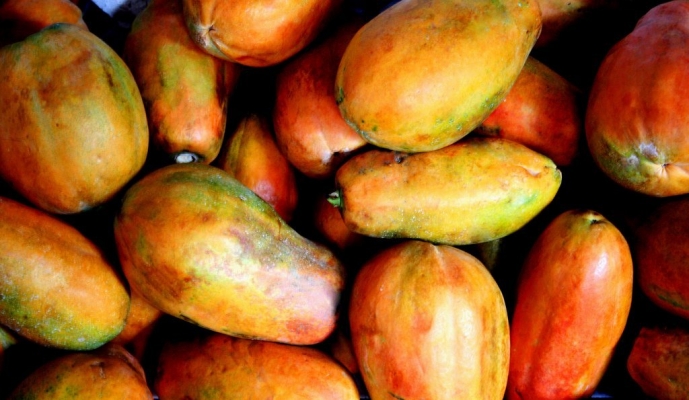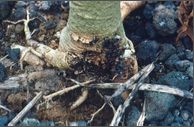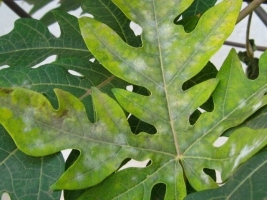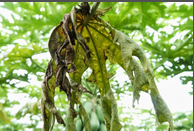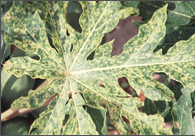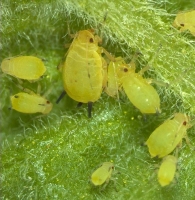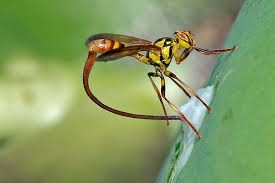General Information
It is a tropical fruit which is native to Mexico. It belongs to “Caricaceae” family and “Carica” genus. It is a fast growth plant which has long fruiting period and contains high nutritional value. India is known as the largest producer of papaya. It can be grown in pots, greenhouse, polyhouse and containers. It also has health benefits such as it helps to relieve constipation, cancer, helps in lowering cholesterol, and helps in fighting with cancer cells. It is a rich source of Vitamin A and C. In India, Maharashtra, Karnataka, west Bengal, Orissa, Jammu and Kashmir, Bihar, Gujarat, Himachal Pradesh, U.K., Tamil Nadu and Andhra Pradesh are major states doing papaya farming.

